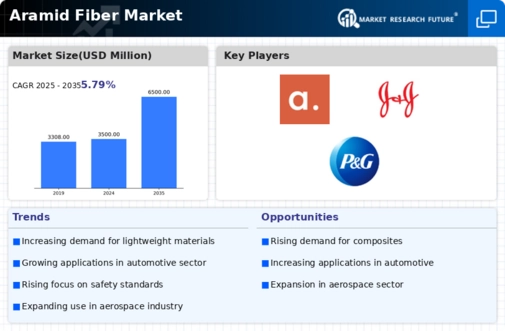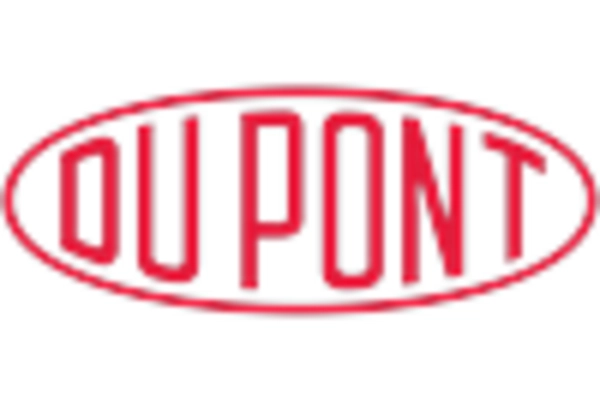Market Trends
Key Emerging Trends in the Aramid Fiber Market
The Aramid Fiber Market has witnessed significant growth and evolving market trends in recent years. Aramid fibers, known for their exceptional strength, heat resistance, and durability, have found diverse applications across various industries. One of the key drivers of market growth is the increasing demand from the automotive sector. As automotive manufacturers prioritize lightweight materials to enhance fuel efficiency and reduce emissions, aramid fibers have gained prominence in the production of lightweight and high-strength components. The aerospace industry is also contributing to the market surge, with aramid fibers being utilized in the manufacturing of aircraft components due to their excellent mechanical properties.
Moreover, the defense and military sector has emerged as a substantial consumer of aramid fibers. The need for advanced and lightweight materials for protective gear, such as body armor and helmets, has led to a surge in the adoption of aramid fibers. These fibers offer superior ballistic protection and resistance to heat, making them an ideal choice for military applications. Additionally, the growing awareness of personal safety and the stringent regulations pertaining to worker safety in industrial settings have fueled the demand for aramid fibers in the production of protective clothing and equipment.
The energy sector is another significant contributor to the expanding aramid fiber market. The increasing focus on renewable energy sources, particularly in wind energy, has led to a rise in the use of aramid fibers in the manufacturing of wind turbine blades. Aramid fibers' high strength and fatigue resistance make them an excellent choice for reinforcing composite materials used in wind turbine components, thereby driving market growth. Furthermore, the oil and gas industry utilizes aramid fibers for various applications, including offshore drilling ropes and hoses, owing to their resistance to harsh environmental conditions.
In terms of market trends, sustainability and eco-friendliness have become key considerations. As the world shifts towards more sustainable practices, manufacturers in the aramid fiber market are increasingly focusing on developing eco-friendly alternatives. This trend is driven by both consumer demand for sustainable products and regulatory initiatives promoting environmentally conscious manufacturing processes. Companies are investing in research and development to create aramid fibers that are not only high-performance but also have a reduced environmental impact throughout their lifecycle.
Another notable trend is the emphasis on technological advancements. Continuous innovation in the production processes of aramid fibers has led to enhanced performance characteristics, expanded application areas, and increased cost-effectiveness. Manufacturers are investing in advanced technologies to improve the overall quality and properties of aramid fibers, ensuring they meet the evolving needs of end-users across diverse industries.
Global market dynamics, including economic conditions and geopolitical factors, also play a crucial role in shaping the aramid fiber market trends. Fluctuations in raw material prices, trade policies, and geopolitical tensions can impact the overall market dynamics, influencing supply chain decisions and market competitiveness.

















Leave a Comment